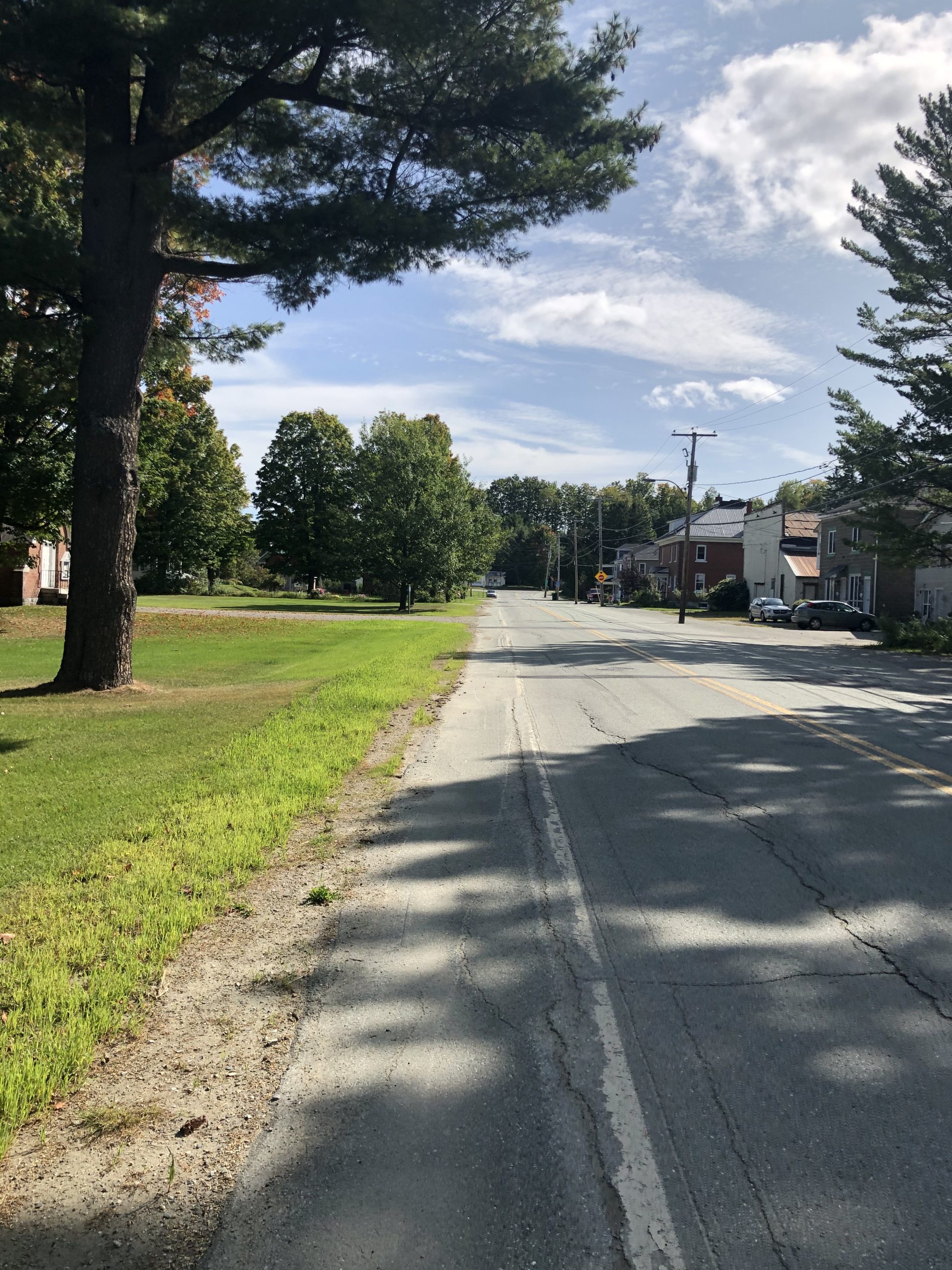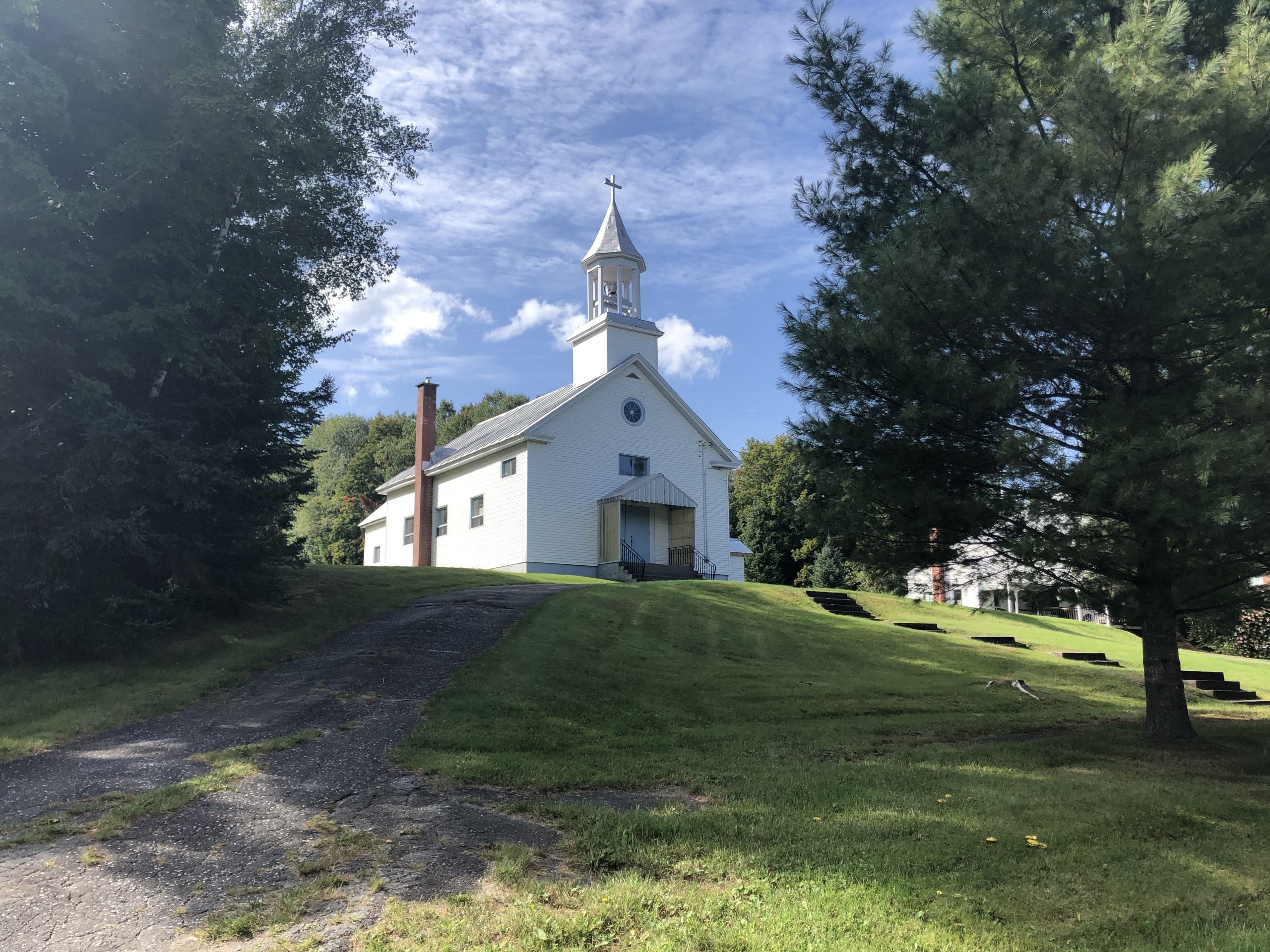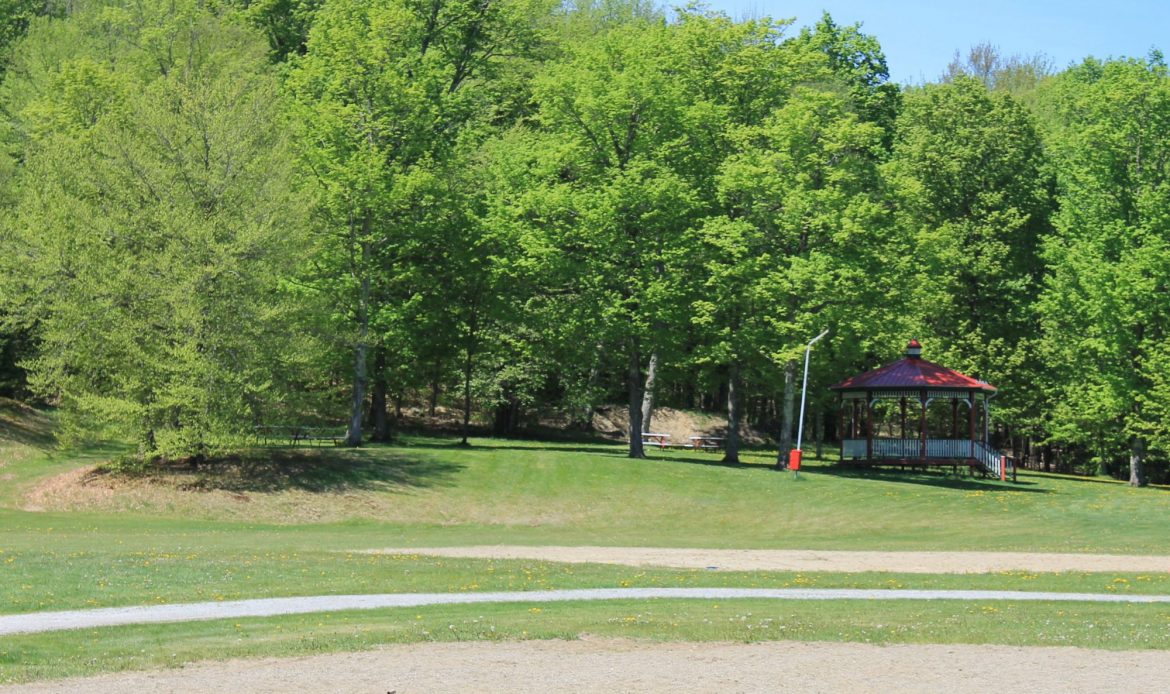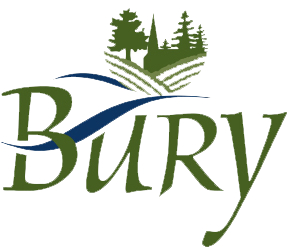
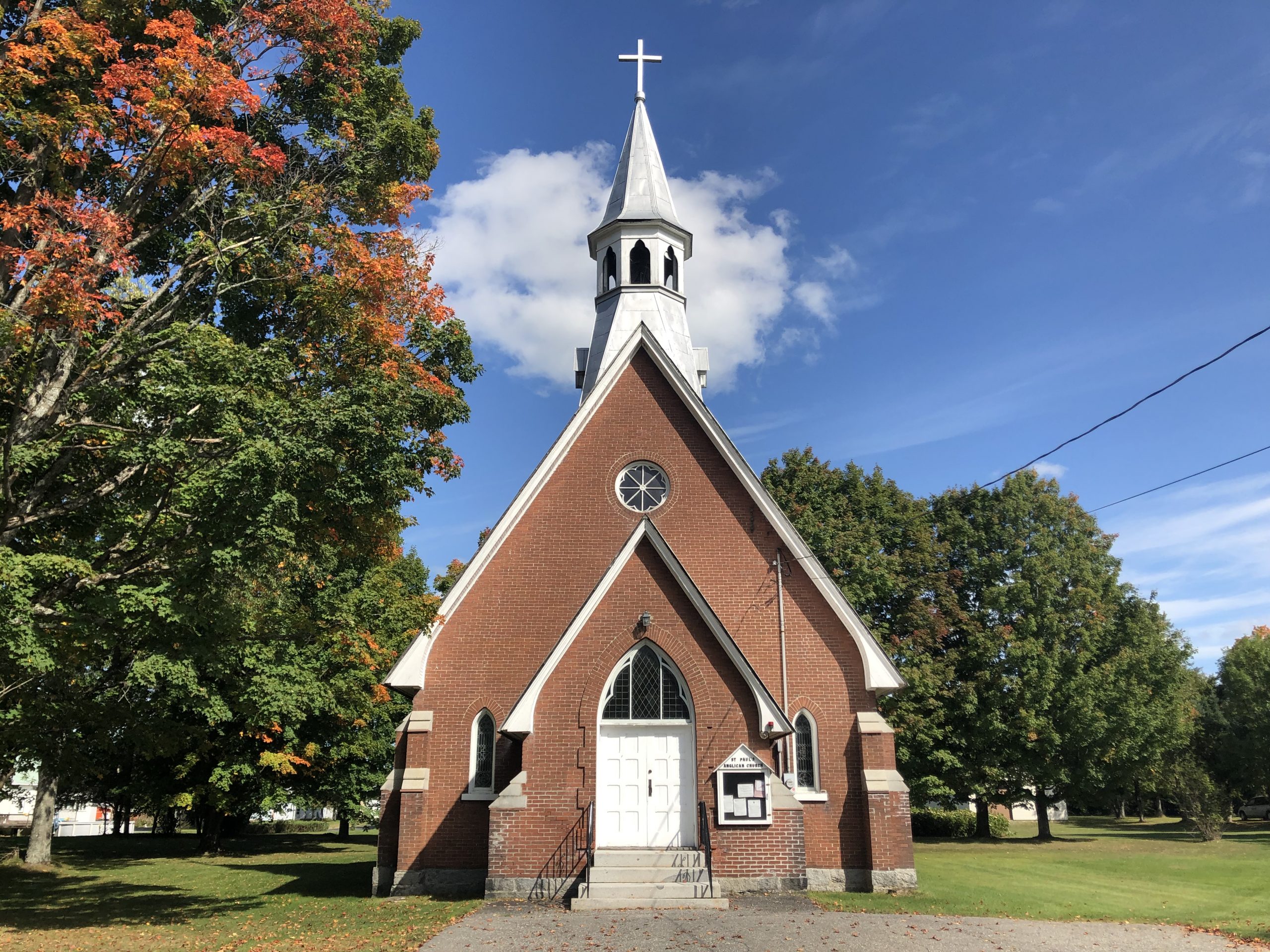
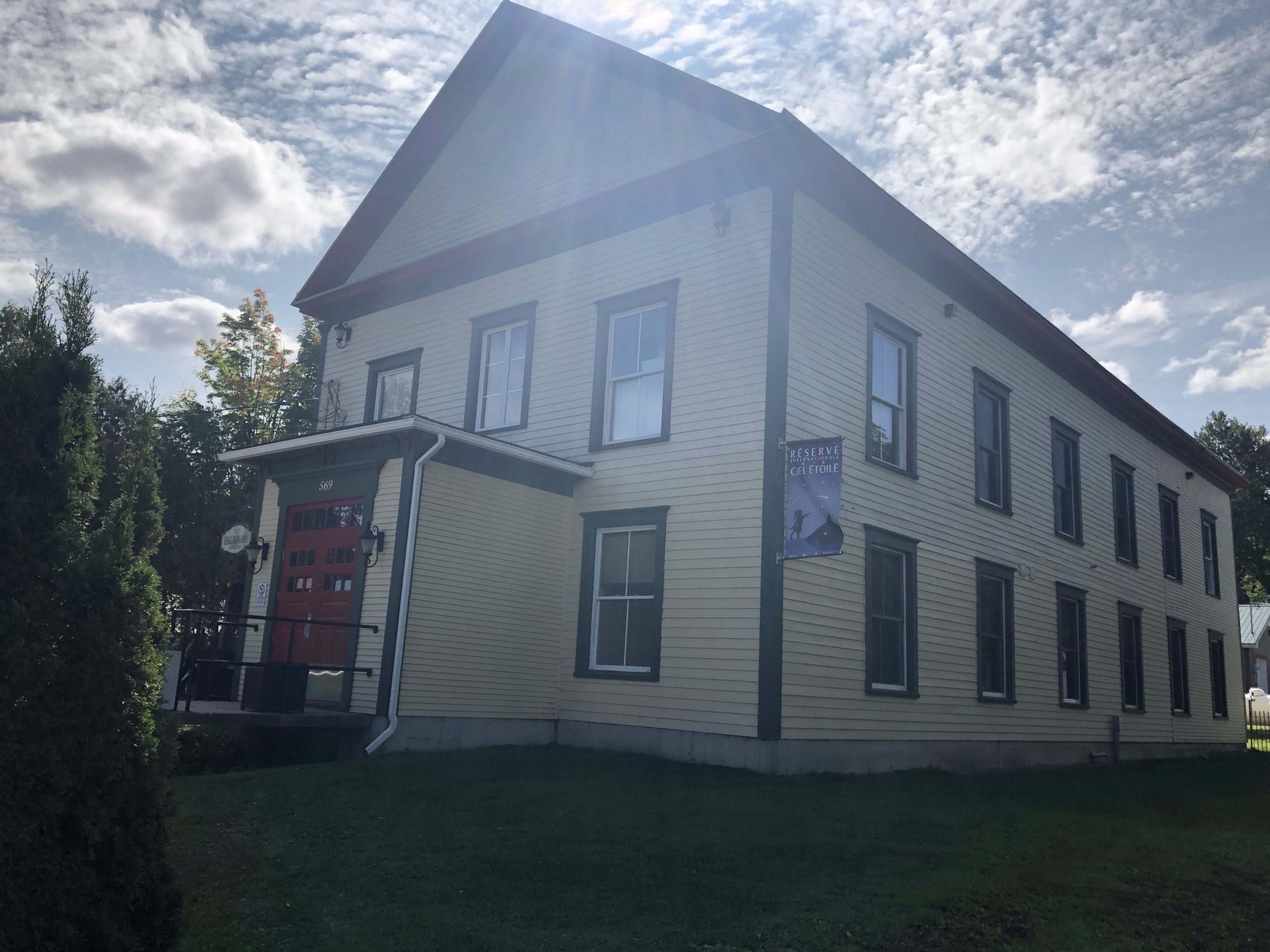
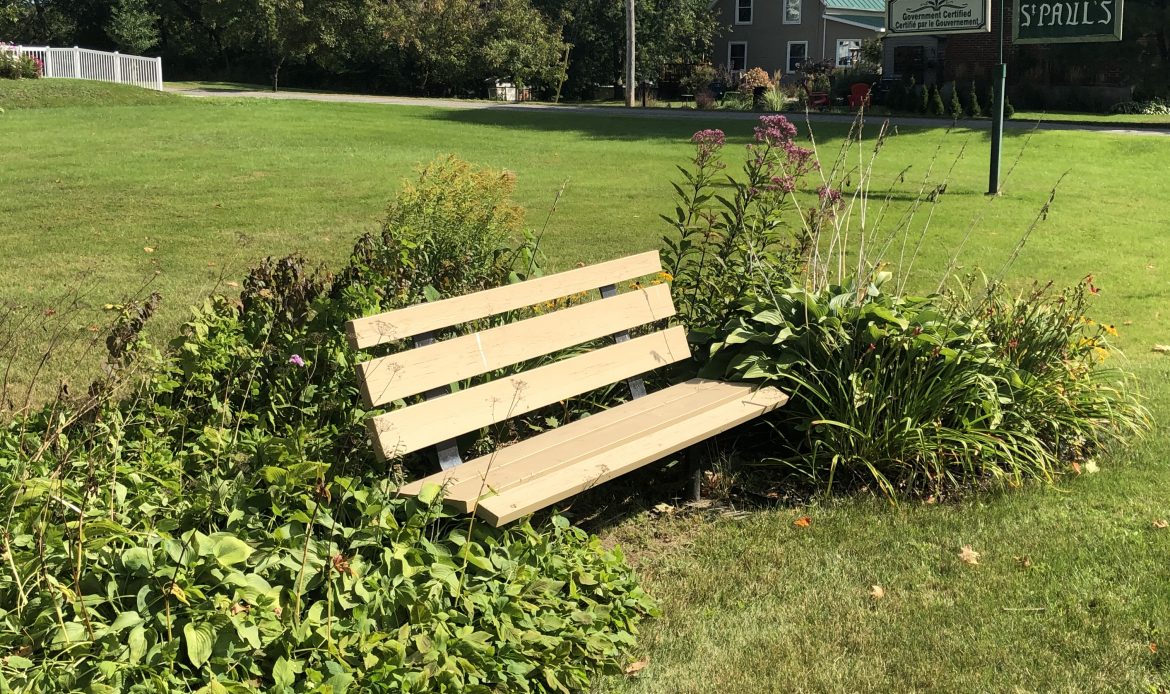
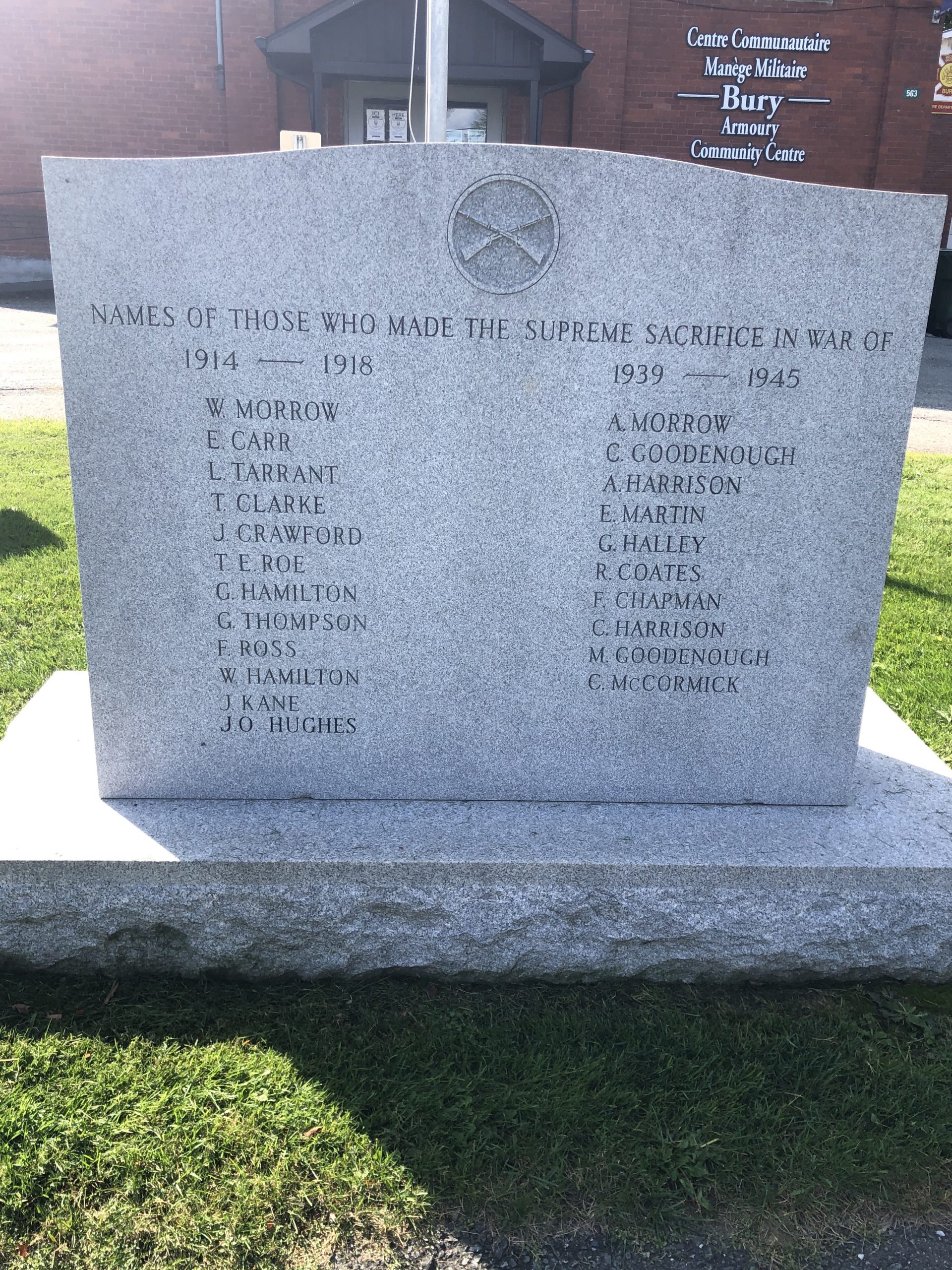
some Scottish families settled in the Township of Bury. However, according to Municipal archives from 1851, approximately ten family names of Scottish descent can be found. During the second half of the 19th century, a few Norwegian families came to establish themselves in the Township of Bury.
